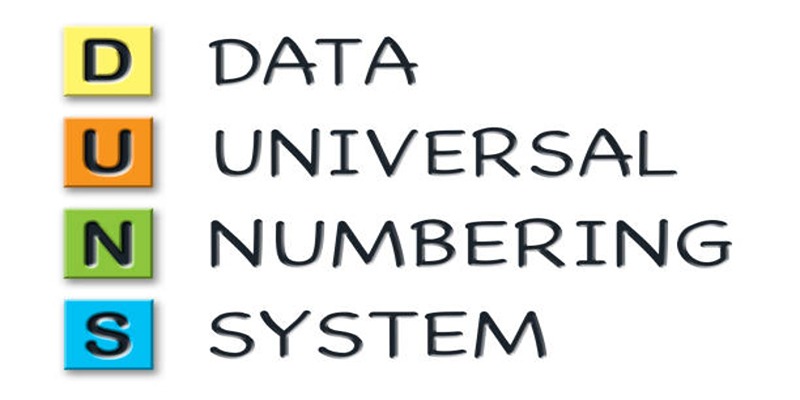Cost of Goods Sold (COGS), sometimes known as "cost of sales," is a key financial term that measures a company's direct production costs. The direct expenses of production include materials and labor. COGS ignores ancillary expenses like distribution and sales force, focusing on production-related costs. Businesses calculate gross profit and margin by deducting COGS from sales. Higher COGS means lower margins, showing how manufacturing expenses affect profitability.
COGS values vary based on the accounting rules used to calculate them. Unlike operating expenses (OPEX), COGS only accounts for product production costs, underlining its importance in assessing a company's manufacturing efficiency and financial success. Businesses that want to improve output and profitability must understand the COGS formula and its significance.
Importance of Cost of God Sold
Financial statements' Cost of Good Sold (COGS) statistics affect a company's operations and finances. This amount is the key to gross profit when deducting COGS from total revenues. Gross profit indicates a company's ability to manage workers and resources throughout manufacturing. Income statements include COGS, a typical business expenditure. Analysts, investors, and managers scrutinize it, revealing a company's bottom line. An increase in COGS significantly decreases net income, which is important for shareholders and tax consequences.
This statistic provides a financial lodestar for dissecting production-related direct expenses. COGS captures the cost structure of bringing items to market, from raw materials to labor.
Excluding ancillary expenditures like distribution and sales force expenses focuses on production's fundamental features. In financial analysis, COGS guides strategy. Analysts analyze its patterns to determine market dynamics, manufacturing efficiency, and cost management. COGS's symbiotic relationship with net income highlights its relevance in financial statements and tax planning. Controlling COGS can boost taxable earnings and tax situations.
Beyond its numerical power, COGS measures operational efficiency. It reveals the inner mechanics of manufacturing and supply chain management. COGS management is crucial to strategic decision-making, guiding firms to profitability and shareholder value.
The cost of Goods Sold is a financial phenomenon beyond numbers. It affects gross profit estimates, income statements, tax considerations, and operational assessments, forming a company's financial story. Businesses that manage COGS well navigate manufacturing costs and achieve long-term success.
Formula And Calculation
COGS is a key financial accounting indicator that shows the direct costs of producing items over a period. The Cost of Gold formula is:
COGS = Starting Inventory + P - Ending Inventory
In this formula, P represents accounting period purchases. The computation starts with the initial inventory, which includes last year's products. This comprises unsold products from the previous period. Company output and purchases during the current period are added to the beginning inventory. The final inventory is the worth of unsold goods at the end of the accounting period. It symbolizes unsold stock. COGS is calculated by subtracting ending inventory from beginning inventory and extra purchases. The annual cost of products sold is the outcome.
This formula is crucial to financial accounts, especially income statements. Gross profit is calculated by subtracting COGS from total sales, indicating manufacturing costs and a company's profitability. The balance sheet's current assets account contains inventories. The balance sheet shows the company's financial snapshot after the accounting period with its closing inventory.
COGS trends help evaluate operational efficiency and manufacturing cost management. This data allows companies to reduce manufacturing costs and boost profits strategically. The COGS formula helps financial analysts and strategic decision-makers assess a company's cost structure. COGS is a key measure that affects income and balance sheets and reveals a company's financial health.
Accounting Methods for COGS

COGS is an important accounting indicator for measuring a company's financial performance. Company inventory costing methods greatly influence COGS. The various COGS calculation methodologies affect financial reporting. First In, First Out (FIFO), Last In, First Out (LIFO), and the Average Cost Method are the three main inventory costing methodologies. The Special Identification Method is used for valuable or rare objects.
FIFO
The first commodities bought or produced are sold under FIFO, a popular inventory costing strategy. First items in, first out—the inventory is a queue. FIFO sells the cheapest things first since prices climb over time. FIFO lowers COGS than Last In, First Out (LIFO). Since COGS is cheaper, the FIFO approach tends to increase net revenue over time.
Last In, First Out
LIFO, unlike FIFO, sells new inventory first. Since higher-cost commodities are sold first, this technique raises the cost of good sold with rising prices. Over time, net income decreases. LIFO may offer tax advantages during inflation due to its greater COGS and lower taxable revenue, although it may not correctly reflect inventory value.
The Average Cost Method
No matter the purchase date, the Average Cost Method estimates the average price of all stock. This strategy eliminates high expenses from single acquisitions or transactions to establish a more constant inventory assessment. The Average Cost Method reduces COGS's impact on individual item expenses by utilizing the average product cost over a set time. It is used when prices vary, and businesses want a more reliable cost representation.
Special Identification Method
The Special Identification Method is used for expensive or rare objects with a set price. Businesses may precisely identify sold items and their prices using this strategy. It is used in automotive, real estate, and rare gem sectors.
Cost of Revenue V.s COGS
Various businesses have accounting principles for Costs of Revenue and Cost of Goods Sold (COGS). Revenue costs include raw supplies, direct labor, transportation, and sales commissions for recurring contract services. These charges are for services, not goods. Businesses that sell tangible things generally have COGS. It comprises the direct costs of producing or buying items sold. The IRS states that "personal service businesses," such as physicians, attorneys, carpenters, and painters, do not compute COGS on their income statements.
Airlines and hotel firms also sell products and face a peculiar position. Their main business is transportation and accommodation, although they may sell presents, food, and drinks. Such commodities constitute the cost of gold. Hence, these firms keep inventories. This lets them report COGS on their income statements and claim them for taxes, showing how service and product offer cross in particular businesses. Due to the diversity of firms, accounting processes must be adjusted to their operations.




